Many U.S. cities are energetic and inviting during the day, but their atmosphere can shift noticeably once darkness settles in. Locals often know which districts become quieter, poorly lit, or sparsely populated, making solo nighttime walks feel less secure. These cautions aren’t meant to deter visitors from exploring but to highlight the importance of understanding neighborhood dynamics. Crime patterns, foot traffic, and lighting vary widely from block to block, so being alert and choosing well-traveled routes can make nighttime experiences safer and more enjoyable for newcomers.
1. Detroit, Michigan
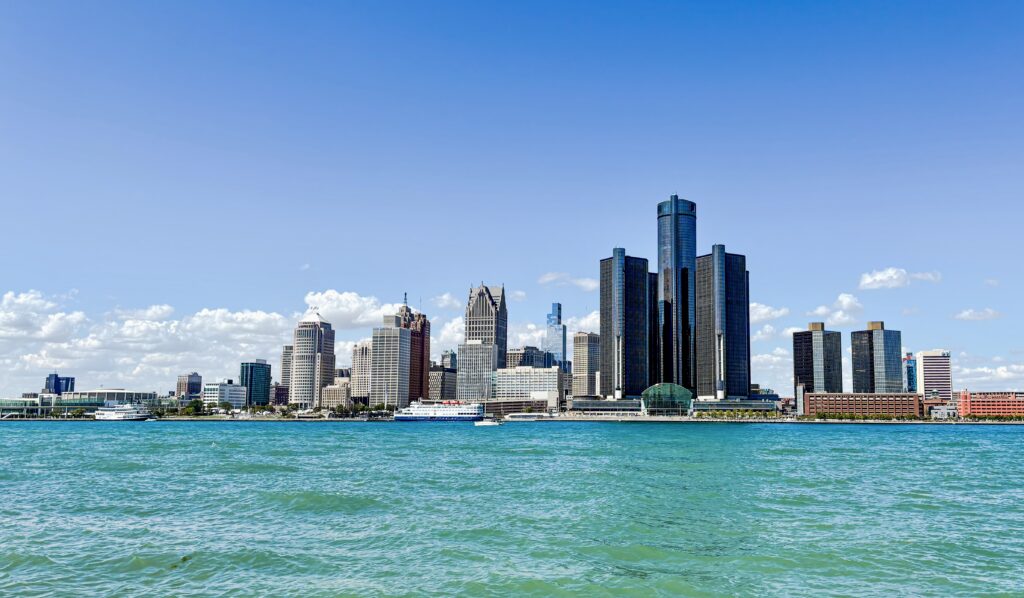
Detroit’s revitalized core brings new restaurants, renovated buildings, and lively public spaces, yet locals still advise caution when walking alone after dark outside the busiest districts. Many neighborhoods were shaped during the city’s industrial expansion, leaving behind broad, quiet blocks that become isolated once businesses close. While downtown and midtown attract steady crowds, safety levels shift sharply only a few streets away. Residents recommend staying on illuminated routes, avoiding unfamiliar side streets, and relying on rideshare services when traveling at late hours through less populated areas.
2. St. Louis, Missouri
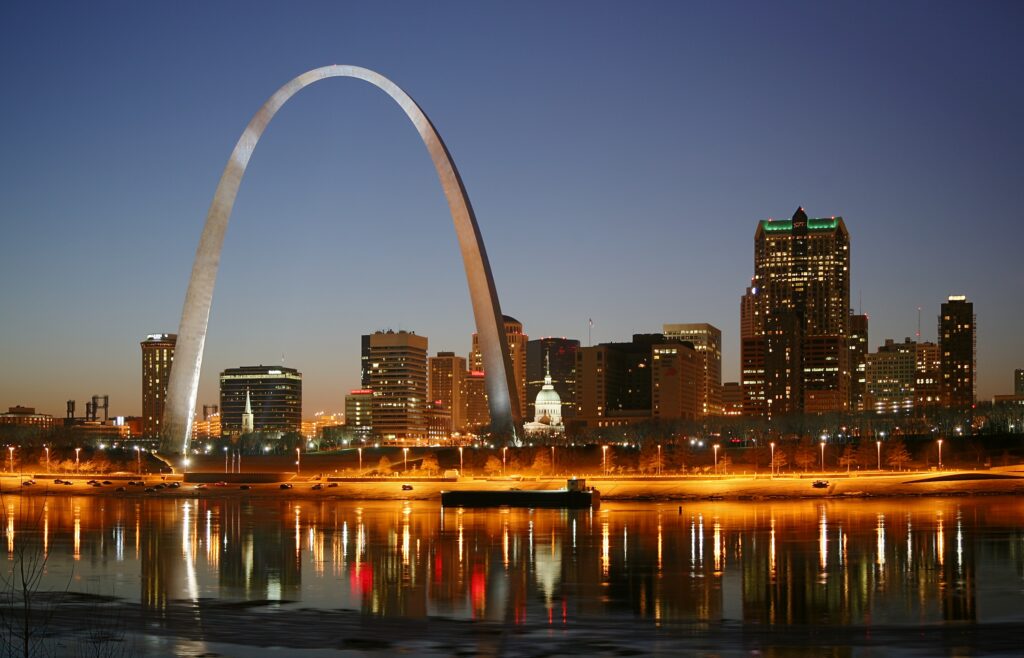
St. Louis blends landmark architecture with historic neighborhoods that show their charm in daylight, but longtime residents warn visitors to be mindful when night falls. Some areas experience limited pedestrian traffic after business hours, leaving certain blocks quiet and dim despite their daytime activity. Older industrial corridors and less-monitored sections can see higher crime rates after dark, prompting locals to steer people toward established entertainment hubs. Though the city remains culturally rich and welcoming, planning routes in advance and avoiding late-night wandering alone helps ensure a safer experience for newcomers.
3. Baltimore, Maryland
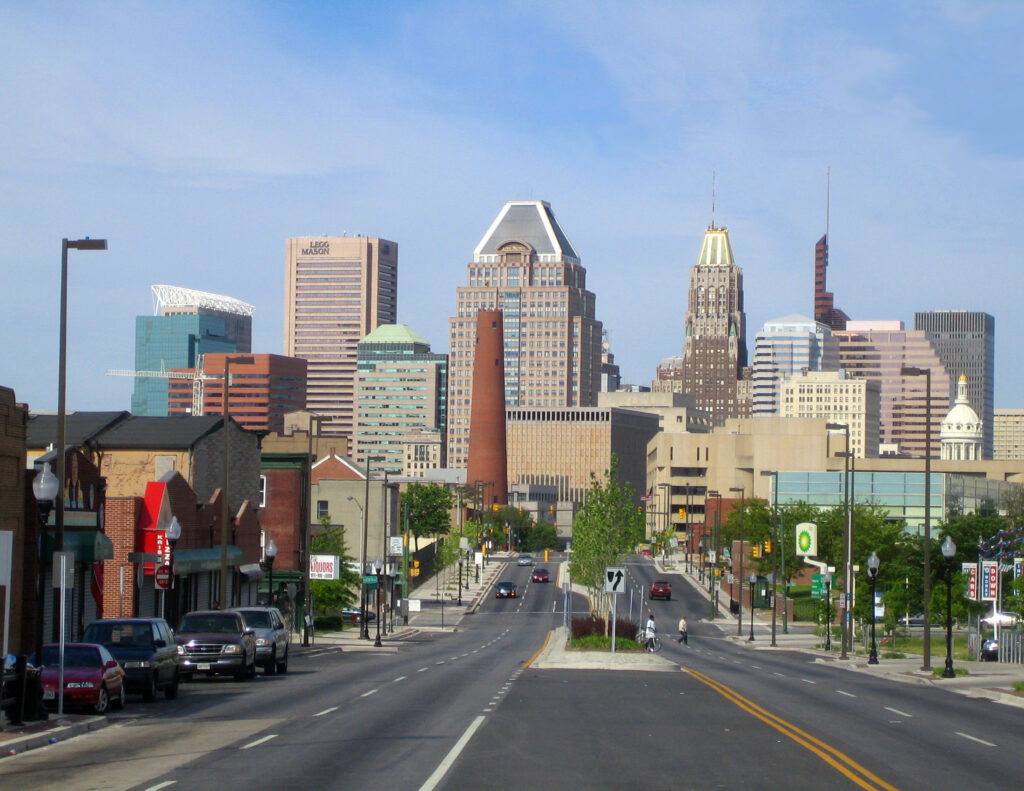
Baltimore’s waterfront and historic districts draw steady crowds, yet safety concerns grow more pronounced in quieter areas once evening arrives. Many neighborhoods were developed during periods of rapid urban growth, resulting in narrow alleys and older housing clusters that feel secluded after dark. Locals often caution against solo walks on lesser-traveled streets where lighting is inconsistent and few pedestrians pass by. The city’s charm, culture, and lively daytime energy remain strong, but residents consistently recommend sticking to busy corridors and using trusted transportation options when exploring at night.
4. New Orleans, Louisiana
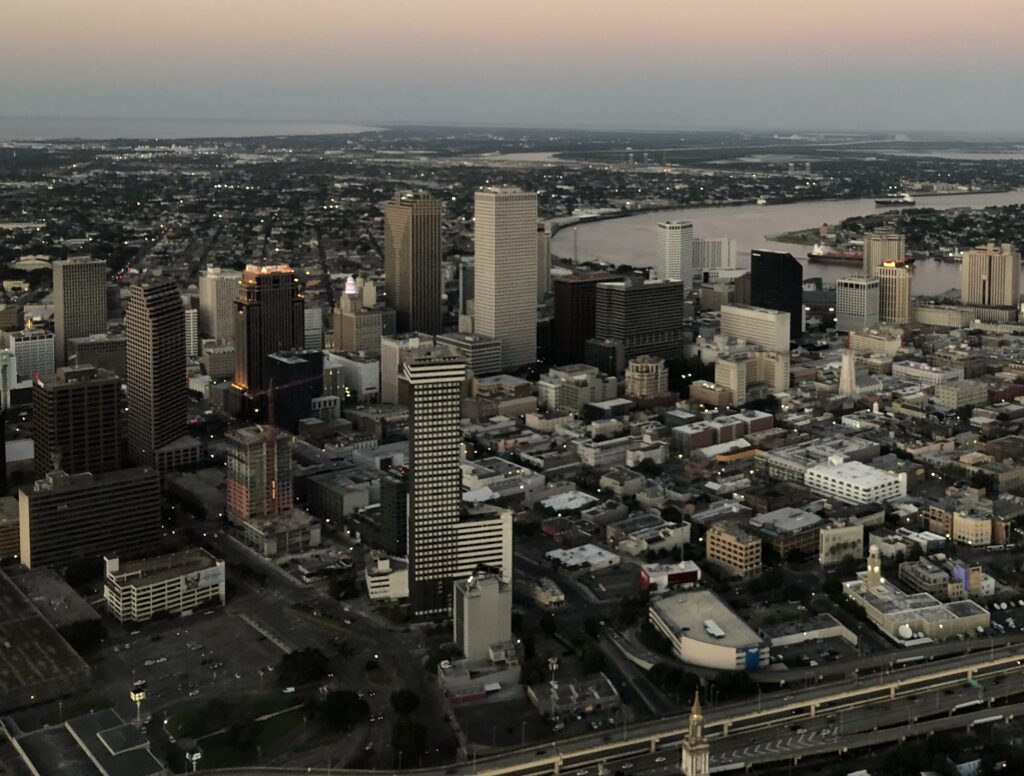
New Orleans’ cultural glow shines year-round, but locals know the city’s mood can change quickly late at night. Its historic street layout, crafted long before modern lighting design, leaves many quieter blocks dim and unpredictable once crowds disperse. While the French Quarter and major avenues maintain steady activity, the surrounding streets can feel isolated for someone walking alone. Residents advise staying close to populated routes, avoiding unfamiliar shortcuts, and navigating with awareness. The city remains enchanting, yet thoughtful planning helps visitors enjoy its nightlife without unnecessary risk.
5. Memphis, Tennessee
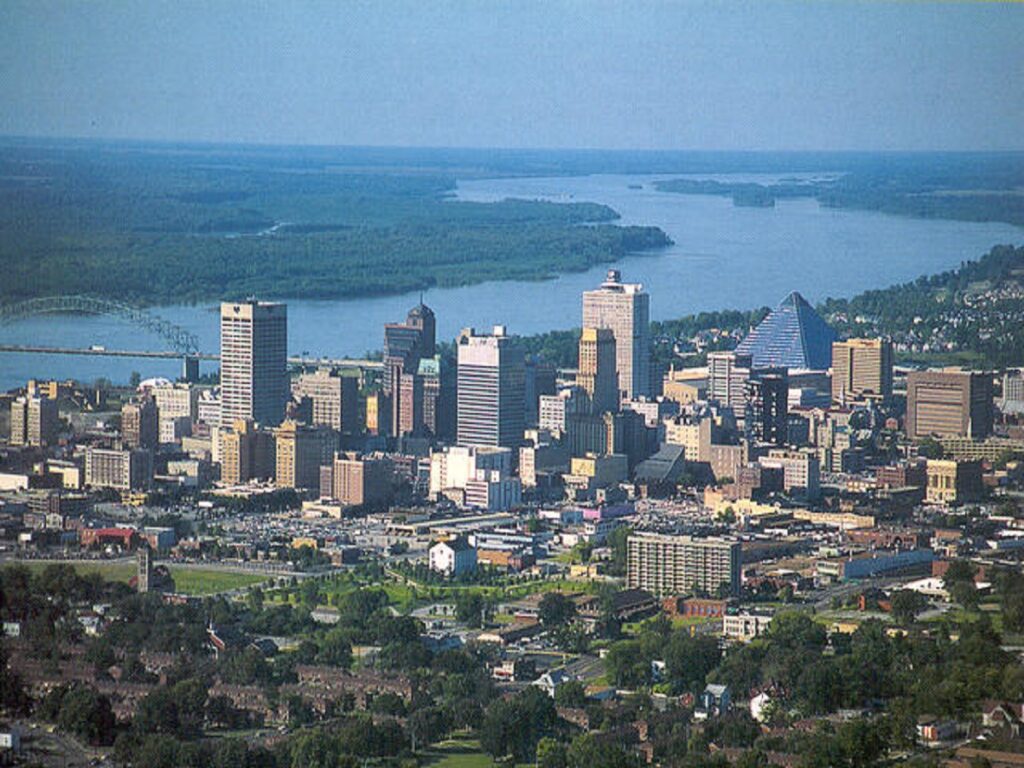
Memphis thrives on music, food, and a rich sense of identity, but residents frequently caution against solitary nighttime walks in less active districts. Several neighborhoods evolved around older warehouse and industrial zones, which empty out after work hours and create long, still stretches. Crime patterns vary widely, prompting locals to encourage visitors to remain near lively portions of Beale Street or other well-patrolled spots. While the city’s culture is welcoming, relying on transportation and avoiding isolated routes can make late-hour exploration far safer for those less familiar with the area.
6. Cleveland, Ohio
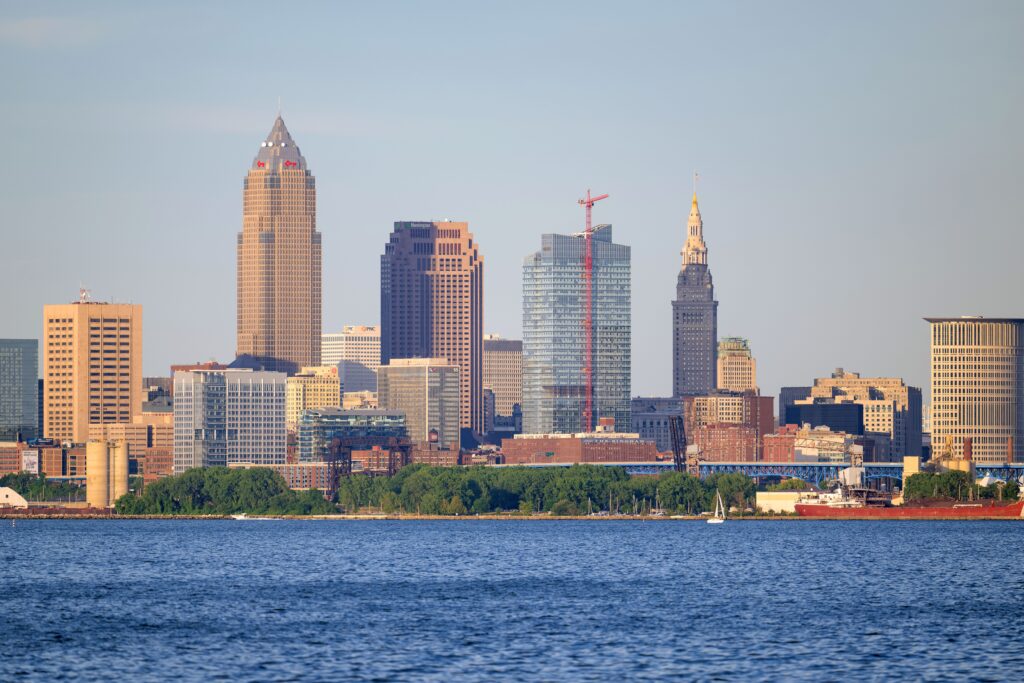
Cleveland has seen strong revitalization efforts in recent years, yet longtime residents still stress caution after dark in quieter parts of the city. Many neighborhoods were built during its manufacturing height, leaving large blocks that empty quickly once daytime workers head home. These stretches often have limited lighting and minimal foot traffic, conditions that can elevate safety concerns for solo walkers. Entertainment districts stay active and reliable, but locals advise planning nighttime travel carefully, using rideshare services, and keeping to familiar, well-traveled paths to ensure a safer overall experience.
Comments